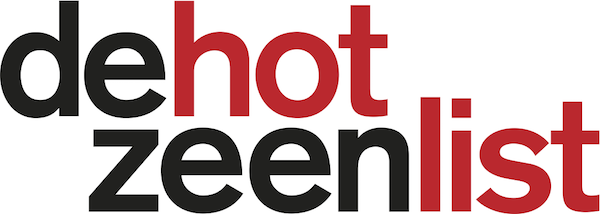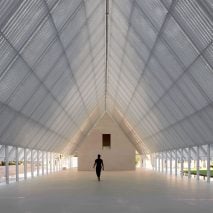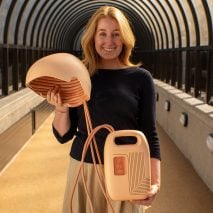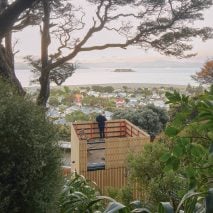
Welcome to Dezeen Hot List
Welcome to Dezeen Hot List
Dezeen Hot List reveals the architects and designers our audience most wanted to read about this year
Who are the architects, designers, brands and products that Dezeen readers most wanted to read about over the last year? Who made the news and set the agenda in the design world? We've spent weeks crunching the data to find out.
The result is Dezeen Hot List, a comprehensive guide to the most newsworthy and searched-for players in the design world in 2016, according to our audience of over two million monthly readers around the world.
Based entirely on audience data, Dezeen Hot List is the most complete survey of architecture and design media ever conducted. It has involved analysing over 100 million page views and hundreds of thousands of search returns. Covering the period 1 July 2015 to 30 June 2016, it presents an in-depth analysis of the newsworthiness of key forces and emerging players.
We intend to produce a new Dezeen Hot List each year, meaning we can track the rise of new talents and the fall of established reputations over the years. We hope that appearing on the Hot List will be regarded as a badge of honour by those that make the grade, and an aspiration for those that don't.
Four hundred entries across nine categories
There are 400 entries on our overall list, which is also broken down into nine categories: architects, designers, brands, fashion, institutions, schools, artists, events and personalities.
We have written individual profiles for each of the top 100 entries, as well as the top 10 in each category. These provide insight into why the individual, company or organisation is where they are on the list.
Who were the key players this year?
The biggest story of the year by a wide margin was the death of Zaha Hadid. The great architect, who died on 31 March, has always been one of the most popular people we write about but her death triggered a huge surge in interest in her work. Hadid tops our architecture Hot List and our overall Hot List.
In second overall place is Bjarke Ingels, confirming the star status of the young Danish architect.
Other notable findings include the dominance of architecture over design, with architects occupying 193 of the top 400 places; the importance of London, which is home to just over 20 per cent of all entrants; and the strength of Japanese architecture and design, with the country accounting for a quarter of the overall top 20.
Milan Design Week is the highest ranking event while London's Royal College of Art is the top school. Low-key cult architect Peter Zumthor is surprisingly highly placed at number seven in our overall list while Rem Koolhaas is unexpectedly outside the top 10.
IKEA is the most popular design brand, ahead of Apple, whose appeal to the design world appears to be waning; while Adidas is ahead of its old rival Nike this year.
We'll be extracting more findings from the list over the coming weeks; keep an eye on Dezeen for more.
Methodology
Dezeen Hot List ranks terms according to the number of times they have been searched for by our global audience and the number of times stories about them have been viewed.
We started by analysing internal search data for the period 1 July 2015 to 30 June 2016. This gave us a list of the topics Dezeen readers wanted to read about.
Starting with a massive spreadsheet containing the 5,000 most-used search terms, we whittled this down by amalgamating similar terms (eg "Zaha" , "Zaha Hadid" and "Zaha Hadid Architects"), obvious spelling mistakes ("Haza Zadid") and discounting unintelligible terms.
We also filtered out certain types of generic search term, such as cities (London was most popular by the way), building types (such as "skyscraper") and elements ("kitchen" and "office" were most popular here).
This gave us a long list of 400 clean search terms, which we ranked from 1 to 400 according to popularity.
For each of these terms, we then looked at the total number of pages views received in the same period by Dezeen stories that included the search term in the URL (since this indicates that the term is a key feature of a post, rather than simply a term that crops up in the post).
This told us how often our audience had read about each term.
Finally, we divided the total number of page views by the number of pages for each search term, to give us an average. By taking the average number of page views, we hoped to eliminate any bias towards terms we'd written about more often. We again ranked each term from 1 to 400 according to this criterion.
Finally, we amalgamated all the data to come up with an overall ranking. We gave the highest weighting (1) to search data, a lower weighting (0.5) to total page-view data and the lowest weighting (0.33) to average page-view data.
Then we added up the scores for each criterion for each search term and then ranked them in order (the lower the total score, the higher the ranking) to create our Dezeen Hot List.
Next time we will also include external search data to show what search terms people on the wider web are looking for when they come to Dezeen, but since Google only records three months of this data, we weren't able to cover the full year this time.















